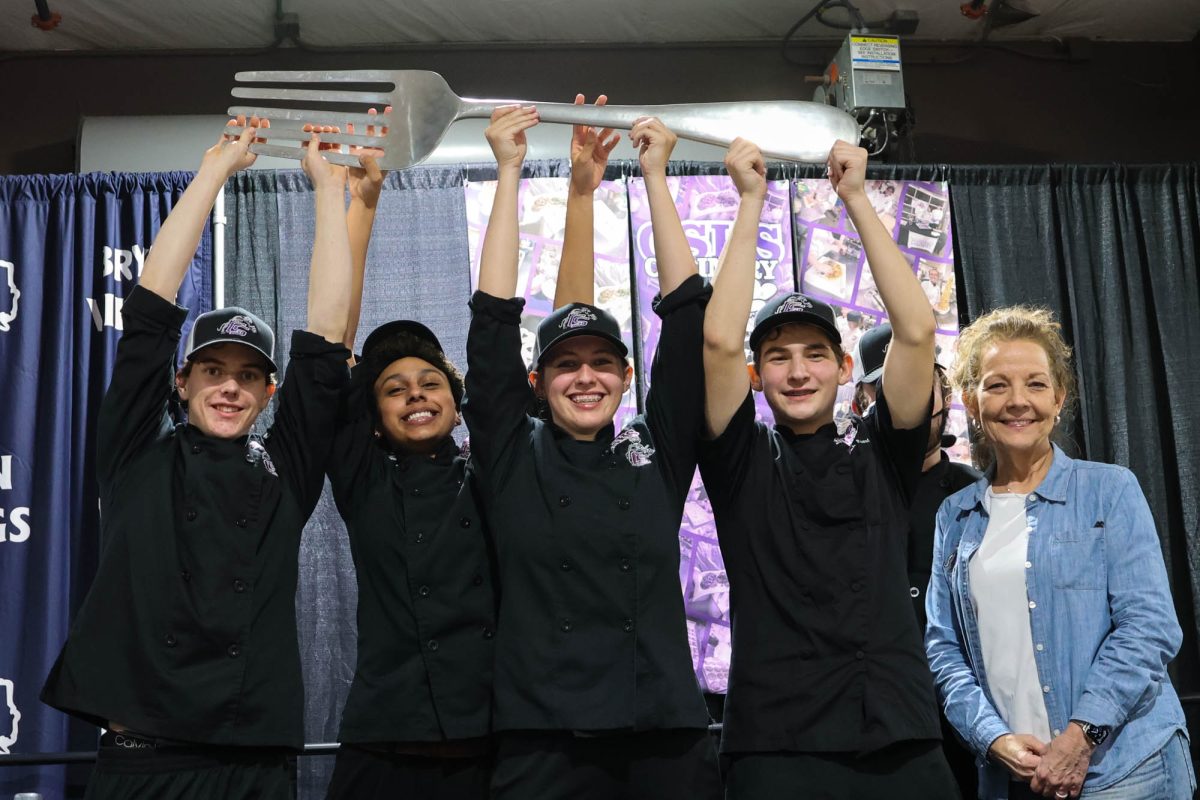As an alternative to buying alcohol, some students have picked up a new hobby — brewing their own beer.
Food science and technology senior Daniel Ochoa said he got into the craft after he got a job at Blackwater Draw, a local pub and brewery, and grew intrigued by the beer making process.
“Around Christmas time my parents had known I was getting into this hobby, so they got me my first little home brew kit and it just took off from there,” Ochoa said. “So I’ve been doing it for the last two and a half years now.”
Since then, Ochoa has upgraded his equipment and has learned to brew to his exact specifications. Ochoa said he has even chosen to perform his ring dunk with his own homemade brew.
“I wanted make a light American lager that has low alcohol that I can chug pretty easily,” Ochoa said. “I didn’t want to choose something generic. I wanted it to be unique and special, something that I made, something I wouldn’t mind putting down.”
Ochoa said the process of making the beer takes a few weeks. The basic ingredients of beer are water, malted barley, hops, yeast and other various flavorings such as fruit or spices.
“Basically you start out with grains and those grains are malted,” Ochoa said. “[The brewer] will grind that up into a grist and add it to hot water — that process is called a ‘match’. That match process usually takes an hour, and basically what you’re doing is you’re extracting all the sugar compounds from the malted grain and you’re making basically a tea called a ‘wort.’
He said the wort will boil for another hour in order to sterilize it and then the hops are added to balance the sweetness of the sugar with the bitterness of the hops. Ochoa said he leaves the beer at room temperature and adds the yeast for the fermentation process to begin. The type of beer dictates how long it ferments.
As a self proclaimed “hop head,” nursing senior, Naomi Cherian, also got into brewing her own beer after experimenting with kombucha, a fermented tea beverage.
Cherian said her first and only experience was a good one, even though there were steps in the process she botched at first.
“We didn’t use hops at all, we didn’t flavor it at all,” Cherian said. “It came out pretty cloudy, probably because it didn’t ventilate.”
Computer engineering senior Nick Parks decided to go a different route and tried making his own wine. Parks said he decided to try it because it is cheaper to make your own than buy it.
“I was looking for a low-cost solution to buying something to drink on a college budget,” Parks said. “Really all you need is grapes or grape juice, added sugar, and yeast to ferment it.”
Parks said he first researched winemaking online before trying it, and has since made over a dozen batches. Since he began, he has learned how to make the wine to his individual taste and even added the alcohol percentage to an estimated 16 percent.
“It’s better than most wine that I buy under $20, and for about $12 I can make a large carboy of it, which is a little more than $12,” Parks said.
Compared to beer however, wine takes about two to three months to be properly made. Parks said he stores it in a cool dry place in his apartment while it ferments.
Ochoa said even with experience is home brewing, making mistakes is always a possibility.
“That just comes with the territory,” Ochoa said. “You’re going to fail sometimes. Sometimes you’ll make great batches, sometimes they’ll go south. It’s all a learning process.”










